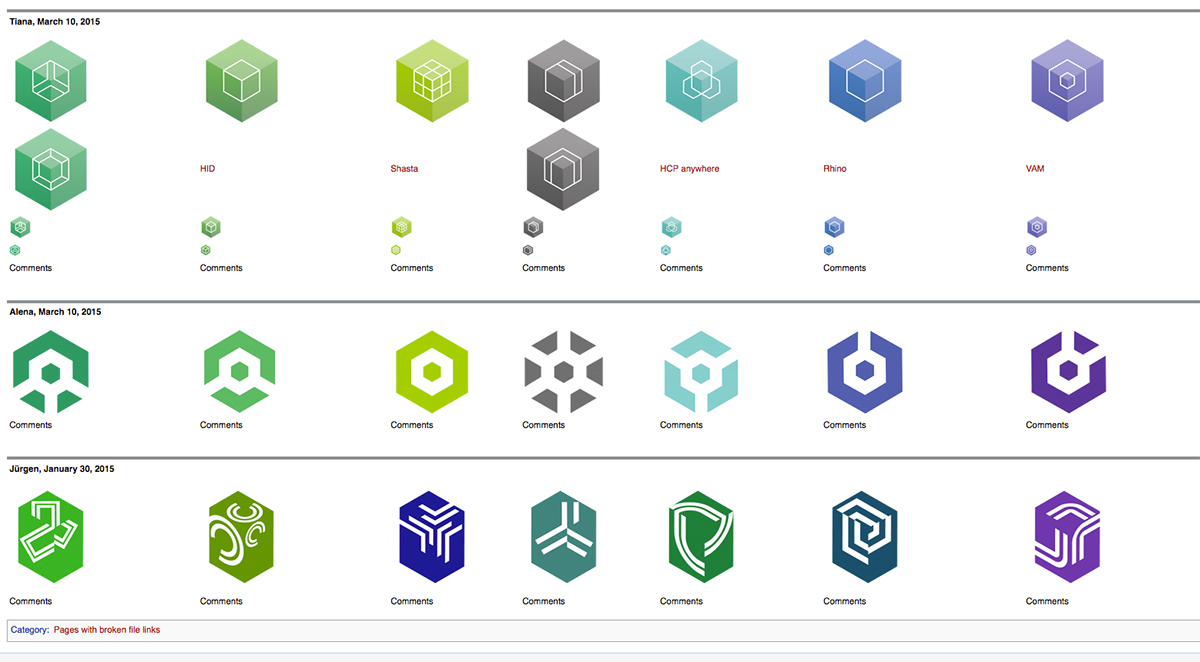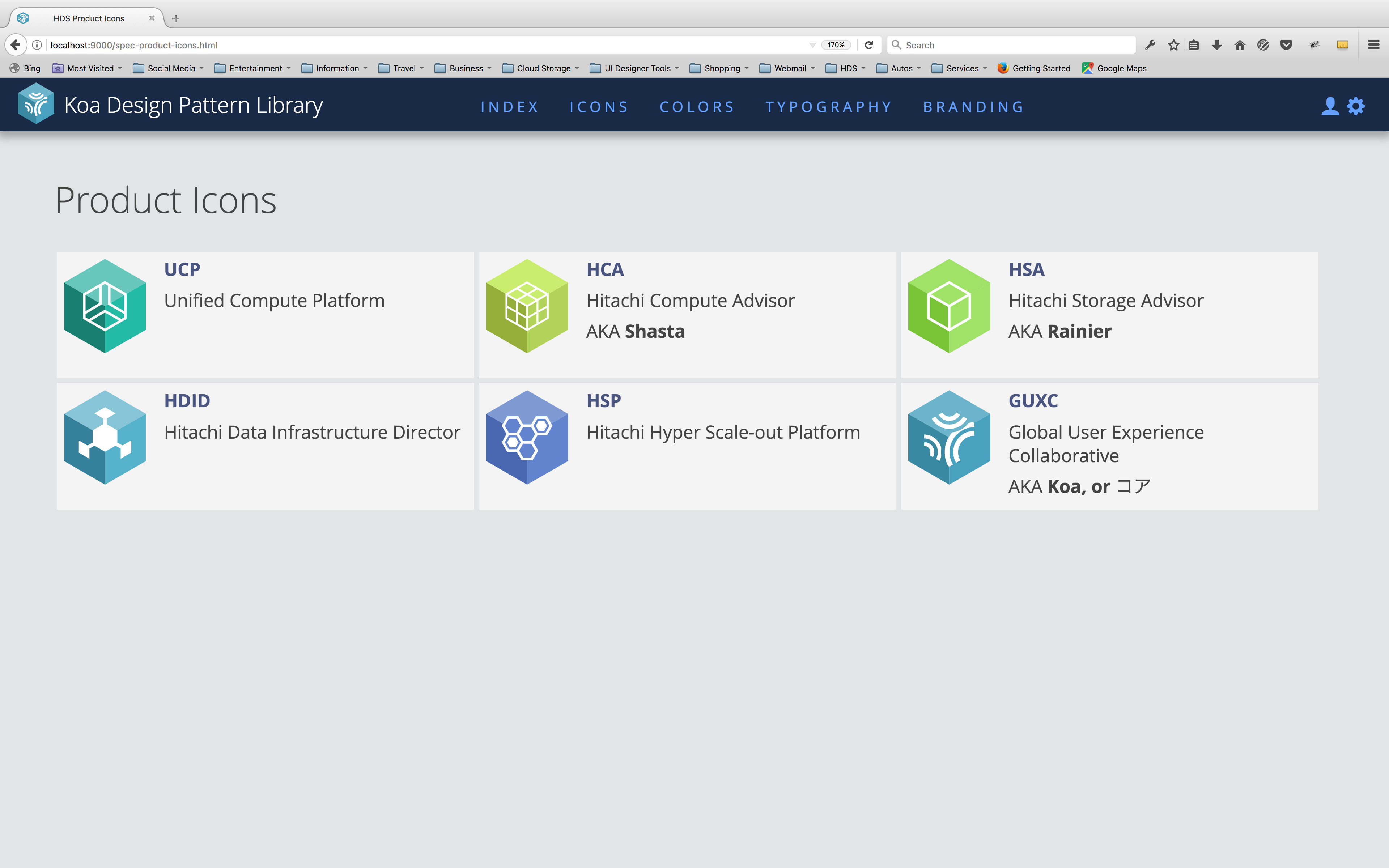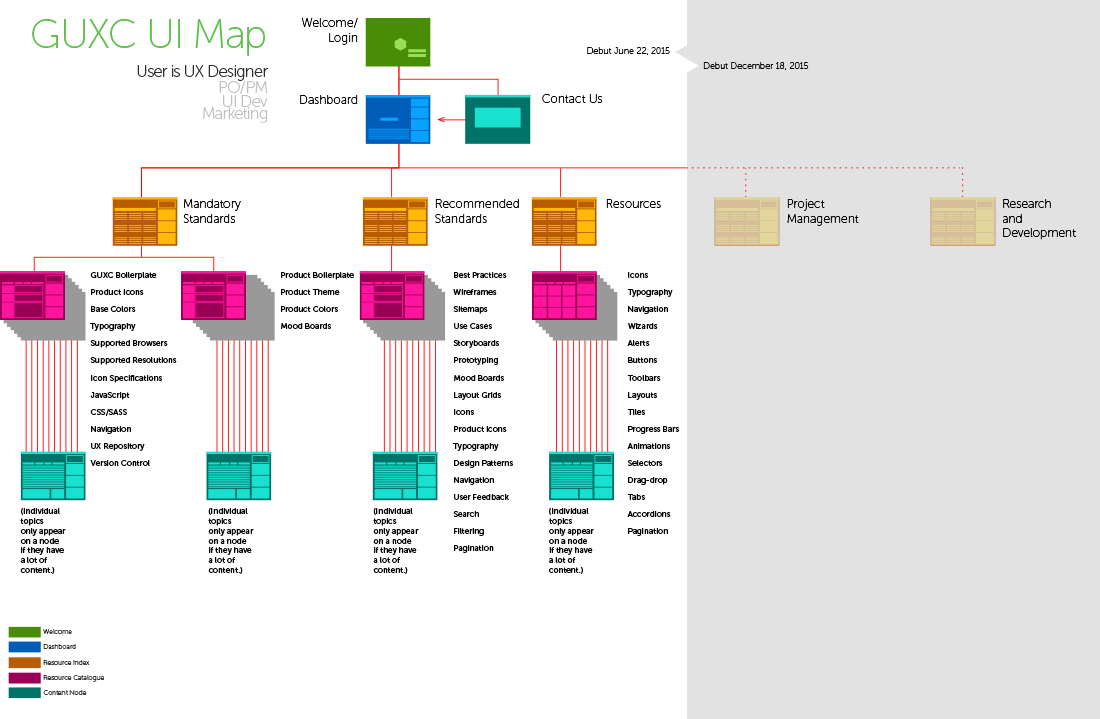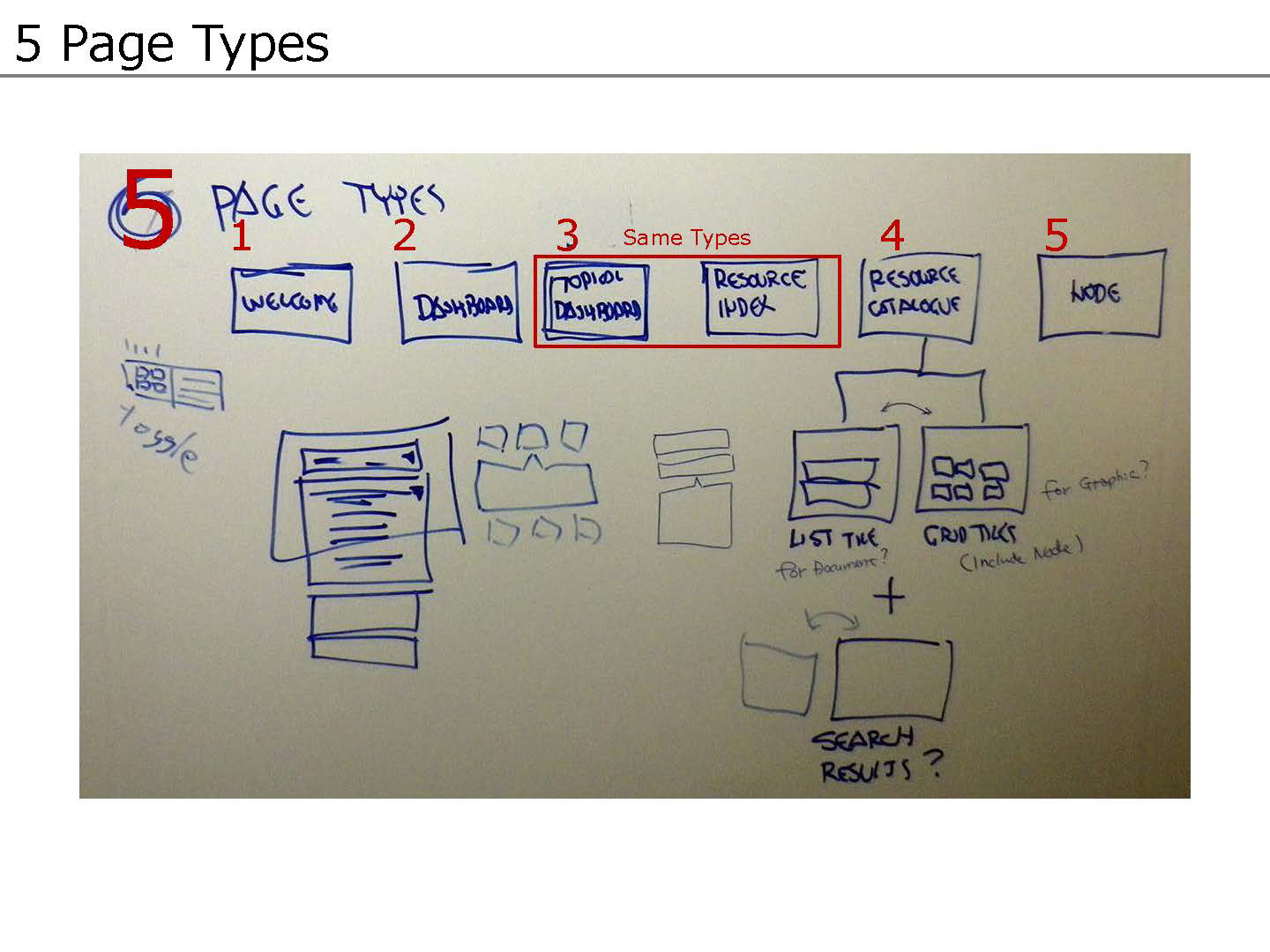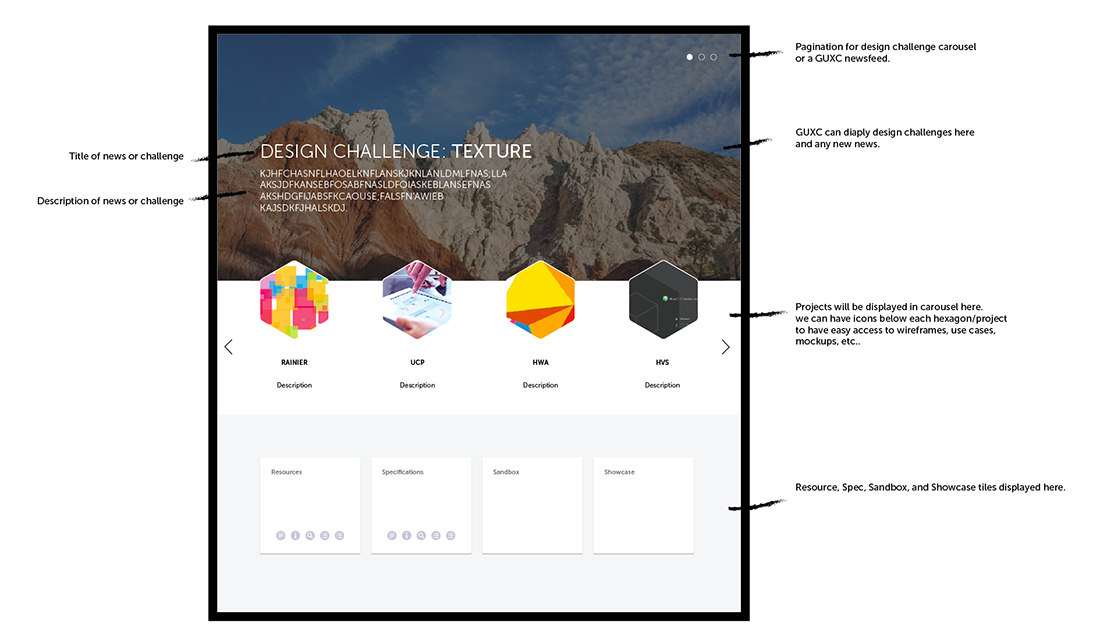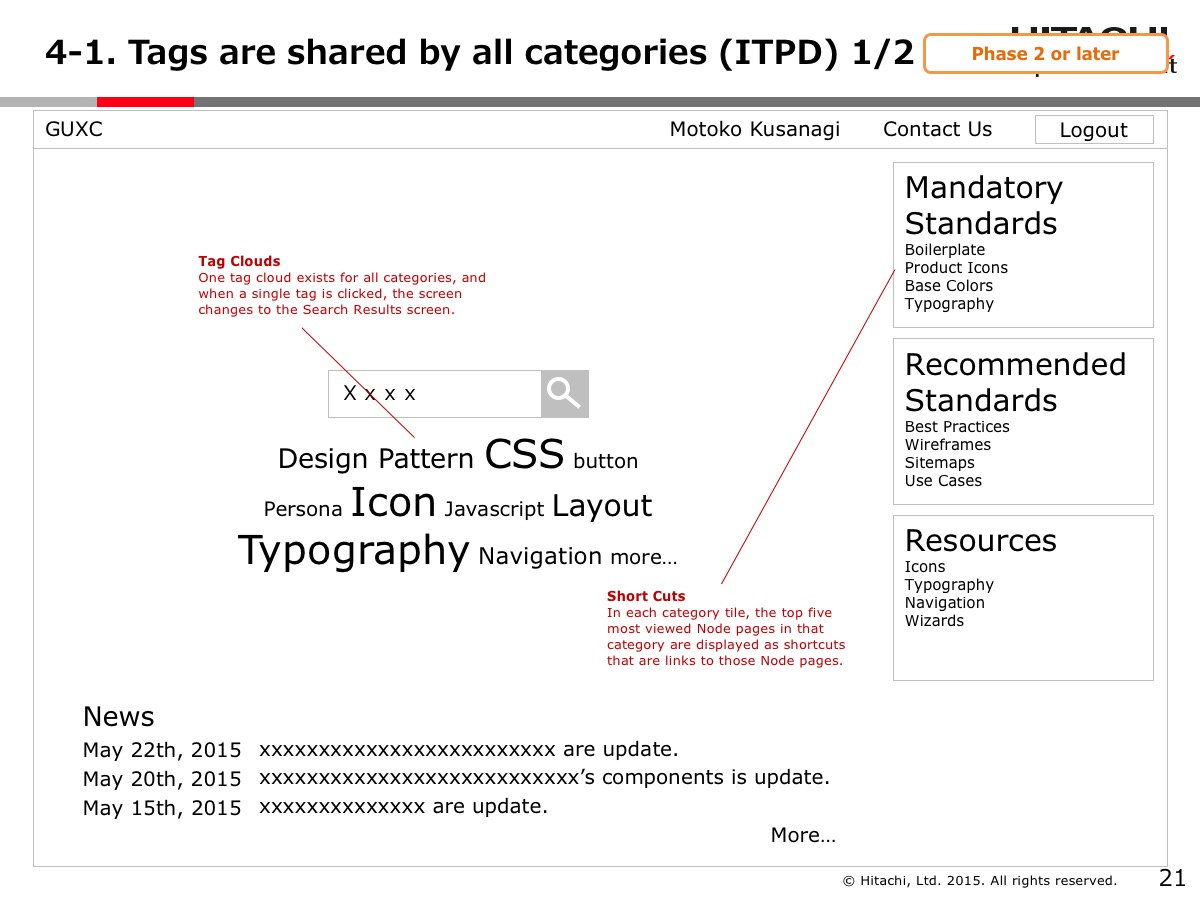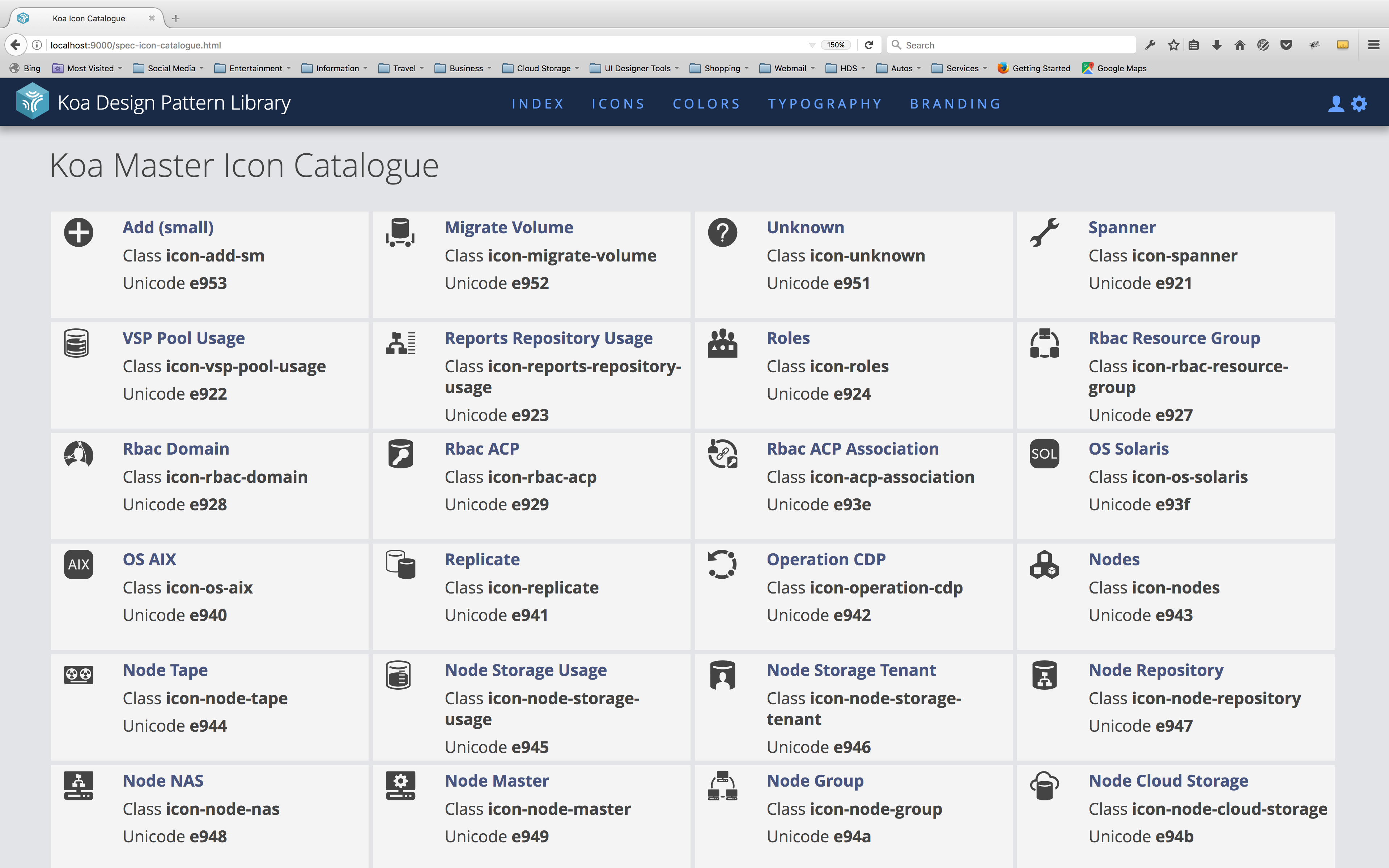Project Overview
The Problem
The approximately 30 software products owned and developed by Hitachi Data Systems were being engineered in silos.
The efforts created a lot of assets and practices which were compatible with only one product. The cost was high and delivered reduced efficiency and returns. There was not a central UX documentation portal or repository to align products with visual or experience consistency. Developers often improvised to satisfy short-term deadlines and features.
The User
Personas were identified for UI designers, UX designers, product owners and developers who work on Hitachi software products.
The primary user was the software developer.
Because the UX teams worked directly with the developer teams, domain knowledge was part of the day-to-day routine.
Other users the design system supported were marketing and product owners, in addition to primary stakeholders for any product.
